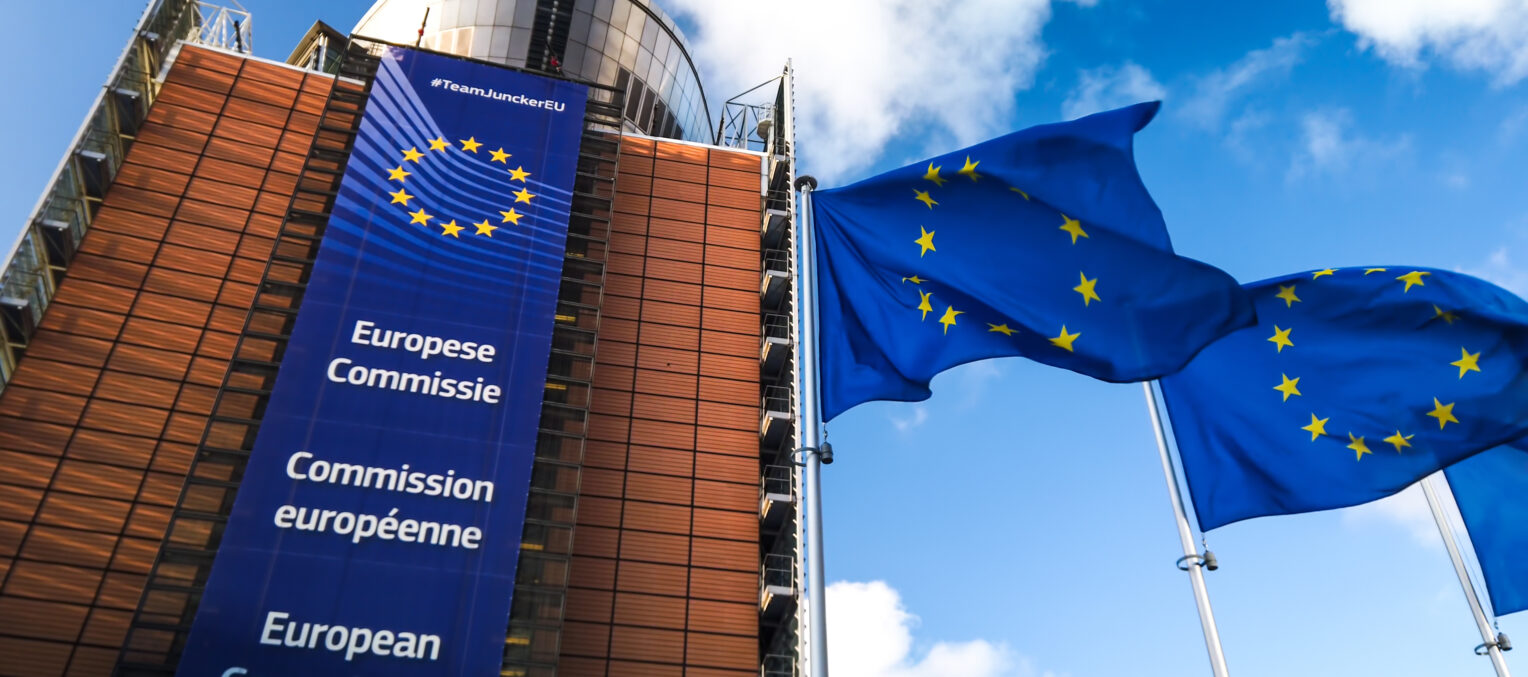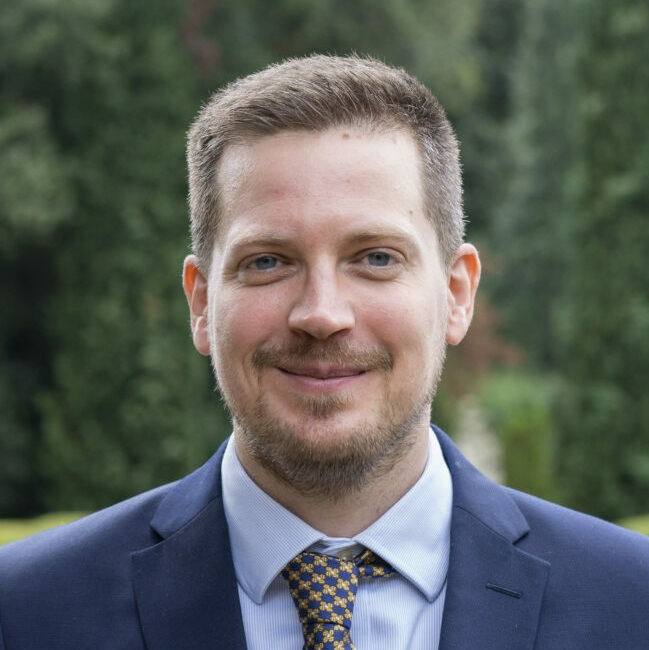
The European Commission is working on a legislative proposal that would regulate the licensing framework for standard-essential patents (SEPs). A regulatory proposal leaked to the press has already been the subject of extensive commentary (see here, here, and here). The proposed regulation apparently will include a complete overhaul of the current SEP-licensing system and will insert a new layer of bureaucracy in this area.
This post seeks to explain how the EU’s current standardization and licensing system works and to provide some preliminary thoughts on the proposed regulation’s potential impacts. As it currently stands, it appears the regulation will significantly increase costs to the most innovative companies that participate in multiple standardization activities. It would, for instance, regulate technology prices, limit the enforcement of patent rights, and introduce new avenues for further delays in SEP-licensing negotiations.
It also might harm the EU’s innovativeness on the global stage and set precedents for other countries to regulate, possibly jeopardizing how the entire international technical-standardization system functions. An open public discussion about the regulation’s contents might provide more time to think about the goals the EU wants to achieve on the global technology stage.
How the Current System Works
Modern technological standards are crucial for today’s digital economy. 5G and Wi-Fi standards, for example, enable connectivity between devices in various industries. 5G alone is projected to add up to €1 trillion to the European GDP and create up to 20 million jobs across all sectors of the economy between 2021 and 2025. These technical standards are typically developed collaboratively through standards-development organizations (SDOs) and include patented technology, called standard-essential patents (SEPs).
Companies working on the development of standards before SDOs are required to disclose patents they believe to be essential to a standard, and to commit to license such patents on fair, reasonable and non-discriminatory (FRAND) terms. For various reasons that are inherent to the system, there are far more disclosed patents that are potentially essential than there are patents that end up truly being essential for a standard. For example, one study calculated that there were 39,000 and 45,000 patents declared essential 3G UMTS and 4G LTE, respectively, while another estimated as many as 95,000 patent declarations for 5G. Commercial studies and litigated cases, however, provide a different picture. Only about 10% to 40%, respectively, of the disclosed patents were held to be truly essential for a standard.
The discrepancy between the tens of thousands of disclosed patents and the much lower number of truly essential patents is said to create an untransparent SEP-licensing landscape. The principal reason for such mismatch, however, is that SDO databases of disclosed patents were never intended to provide an accurate picture of truly essential patents to be used in licensing negotiations. For standardization, the much greater danger lies in the possibility of some patents remaining undeclared, thereby avoiding a FRAND commitment and jeopardizing successful market implementation. From that perspective, the broadest possible patent declarations are encouraged in order to guarantee that the standard will remain accessible to implementers on FRAND terms.
SEP licensing occurs both in bilateral negotiations and via patent pools. In bilateral negotiations, parties try to resolve various technical and commercial issues. Technical questions include:
- Whether and how many patents in a portfolio are truly essential;
- Whether such patents are infringed by standard-implementing products; and
- How many of these patents are valid.
Parties also need to agree on the commercial terms of a license, such as the level of royalties, the royalty-calculation methods, the availability of discounts, the amount of royalties for past sales, any cross-licensing provisions, etc.
SEP owners may also join their patents in a pool and license them in a single portfolio. Patent pools are known to significantly reduce transaction costs to all parties and provide a one-stop shop for implementers. Most licensing agreements are concluded amicably but, in cases where parties cannot agree, litigation may become necessary. The Huawei v ZTE case provided a framework for good-faith negotiation, and courts of the EU member states have become accustomed to evaluating the conduct of both parties.
What the Proposed Regulation Would Change
According to the Commission, SEP licensing is plagued with inefficiencies, apparently stemming from insufficient transparency and predictability regarding SEPs, uncertainty about FRAND terms and conditions, high enforcement costs, and inefficient enforcement.
As a solution, the leaked regulation would entrust the European Union Intellectual Property Office (EUIPO)—currently responsible for EU trademarks—with establishing a register of standards and SEPs, conducting essentiality checks that would assess whether disclosed patents are truly essential for a standard, providing the process to set up an aggregate royalty for a standard, and making individual FRAND-royalty determinations. The intention, it seems, is to replace market-based negotiations and institutions with centralized government oversight and price regulation.
How Many Standards and SEPs Are in the Regulation’s Scope?
From a legal standpoint, the first question raised by the regulation is, to what standards does it apply? The Commission, in its various studies, has often singled out 3G, 4G, and 5G cellular standards. This is probably because they have been in the headlines, due to international litigation and multi-million-euro FRAND determinations.
The regulation, however, would apparently apply to all SDOs that request SEP owners to license on FRAND terms and to any SEPs in force in any EU member state. This is a very broad definition that could potentially capture thousands of different standards across all sectors of the economy. Moreover, it isn’t limited just to European SDOs. All international SDOs that include at least one patent in an EU member state would also be ensnared by this rule.
To give a sense of the magnitude of the task, the European Telecommunications Standards Institute (ETSI), a large European SDO, boasts that it annually publishes between 2,000 and 2,500 standards, while the Institute of Electrical and Electronics Engineers (IEEE), an SDO based in the United States, claims to have more than 2,000 standards. Earlier studies found that there were at least 251 interoperability standards in a laptop, while an average smartphone is estimated to contain a minimum of 30 interoperability standards. In the laptop, 75% of standards were licensed under FRAND terms.
In short, we may be talking about thousands of standards to be reported and checked by the EUIPO. Not only is this duplicative work (SDOs already have their own databases), but it would entail significant costs to SEP owners.
Aggregate Royalties May Not Add Anything New
The proposed regulation would allow contributors to a standard (which aren’t limited to SEP owners; they could be any entity that submits technical contributions to an SDO, which may not be patented) to agree on the aggregate royalty for the standard. The idea behind aggregate royalty rates is to have transparency on the standard’s total price, so that implementers may account for royalties in the cost of their products. Furthermore, aggregate royalties may, theoretically, reduce the costs and facilitate SEP licensing, as the total royalty burden would be known in advance.
Beyond competition-law concerns (there are no mentions in the leaked regulation of any safeguards against exchanges of commercially sensitive information), it is not clear what practical effects the aggregate royalty-rate announcements would bring. Is it just a wishful theoretical maximum? To be on the safe side, contributors may just announce their maximum preference, knowing that—in the actual negotiations—prices would be lowered by caps and discounts. This is nothing new. We have already had individual SEP owners who publicly announced their royalty programs in advance for 4G and 5G. And patent pools bring price transparency to video-codec standards.
What’s more, agreement among all contributors is not required. Given that contributors have different business models (some may be vertically integrated, while others focus on technology development and licensing), it is difficult to imagine all of them coming to a consensus. The regulation would appear to allow different contributors to jointly notify their views on the aggregate royalty. This may add even more confusion to standard implementers. For example, some contributors could announce an aggregate rate of $10 per product, another 5% of the end-product price, while a third group would prefer a lower $1 per-product rate. In practice, the announcements of aggregate royalty rates may be meaningless.
Patent Essentiality Is Not the Same as Patent Infringement, Validity, or Value
The regulation also proposes to assess the essentiality of patents declared essential for a standard. It is hoped that this would improve transparency in the SEP landscape and help implementers assess with whom they need to license. For an implementer, however, it is important not only to know whether patents are essential for a standard, but also whether it infringes SEPs with its products and whether SEPs are valid.
A patent may be essential to a standard but not infringed by a concrete product. For example, a patent owner may have a 4G SEP that reads on base stations, but an implementer may manufacture and sell smartphones and thus does not infringe the relevant 4G SEP. Or a patent owner may hold SEPs that claim optional features of a standard, while an implementer may only use the standard’s mandatory features in its products. A study of U.S. SEP litigation found that SEPs were held to be infringed in only 30.7% of cases. In other words, in 69.3% of cases, an SEP was not considered to be infringed by accused products.
A patent may also be essential but invalid. Courts have the final say on whether granted patents fulfill patentability requirements. In the Unwired Planet v Huawei litigation in the UK, the court found two asserted patents valid, essential, and infringed, and two patents invalid.
Essentiality is, therefore, just one piece of the puzzle. Even if parties would accept the nonbinding essentiality determination (which is not guaranteed), they can still disagree over matters of infringement and validity. Essentiality checks are not a silver bullet that would eliminate all disputes.
Essentiality also should not be equated with the patent’s value. Not all patents are created equal. Some SEPs are related to breakthrough or core inventions, while others may be peripheral or optional. Economists have long found that the economic value of patents is highly skewed. Only a relatively small number of patents provide most of the value.
How Accurate and Reliable Is Sampling for Essentiality Assessments?
The leaked regulation provides that, every year, the EUIPO shall select a sample of claimed SEPs from each SEP owner, as well as from each specific standard, for essentiality checks. The Commission would adopt the precise methodology to ensure a fair and statistically valid selection that can produce sufficiently accurate results. Each SEP owner may also propose up to 100 claimed SEPs to be checked for essentiality for each specific standard.
The apparent goal of the samples is to reduce the costs of essentiality assessments. Analyzing essentiality is not a simple task. It takes time and money to produce accurate and reliable results. A thorough review of essentiality by patent pools was estimated to cost up to €10,000 and to last two to three days. Another study spent 40-50 working hours preparing claim charts that are used in essentiality assessments. If we consider that the EUIPO would potentially be directed to assess the essentiality of thousands of standards, it is easy to see how these costs could skyrocket and render the task impossible.
The use of samples is not without concerns. It inevitably introduces certain margins of error. Keith Mallinson has suggested that a sample size must be very large and include thousands of patents if any meaningful results are to be reached. It is therefore questionable why SEP owners would be limited to checking only 100 patents. Unless a widely accepted method to assess a large portfolio of declared patents were to be found, the results of these essentiality assessments would likely be imprecise and unreliable, and therefore fall far short of the goal of increased transparency.
The Dangers of a Top-Down Approach and Patent Counting for Royalty Determinations
Concealed in the regulation is the possibility that the EUIPO could use a top-down approach for royalty determinations, which provides that the SEP owner should receive a proportional share in the total aggregate royalty of a standard. It requires:
- Establishing a cumulative royalty for a standard; and then
- Calculating the share in the total royalty to an individual SEP owner.
Now we can see why the aggregate rate becomes important. The regulation would allow EUIPO to set up a panel of three conciliators to provide a nonbinding expert opinion on the aggregate royalty rate (in addition to, or regardless of, the rates already announced by contributors). Essentiality checks are also needed to filter out which patents are truly essential, and the number can be used to assess the individual share of SEP owners.
A detailed analysis of this top-down approach exceeds the scope of this post, but here are the key points:
- The approach relies on patent counting, treating every patent as having the same value. We have seen that this is not the case, and that value is, instead, highly skewed. Moreover, essential patents may be invalid or not infringed by specific devices, which is not factored into the top-down calculations.
- The top-down approach is not used in commercial-licensing negotiations, and courts have frequently rejected its application. Industry practice is to use comparable licensing agreements. The top-down approach was used in Unwired Planet v Huawei only as a cross-check for the rates derived from comparable agreements. TCL v Ericsson relied on this method, but was vacated on appeal. The most recent Interdigital v Lenovo judgment considered and rejected its use, finding “no value in Interdigital’s Top-Down cross-check in any of its guises.”
- Fundamentally, the EUIPO’s top-down approach would be tantamount to direct government regulation of technology prices. So far, there are no studies suggesting that something is wrong with the level of royalties that might require government intervention. In fact, studies point to the opposite: prices are falling over time.
Conclusion
As discussed, the regulation provides an elaborate notification system of standards and declared SEPs, essentiality checks, and aggregate and individual royalty-rate determinations. Even with all these data points, however, it is not clear that it would help with licensing. Parties may not accept them and may still end up in court.
Recent experience from the automotive sector demonstrates that knowing the essentiality and the price of SEPs did not translate into smoother licensing. Avanci is a platform that gathers almost all SEP owners for licensing 2G, 3G, and 4G SEPs to car manufacturers. It was intended to provide a one-stop-shop to licensees by offering a single price for the large portfolio of SEPs. All patents included in the Avanci platform were independently tested for essentiality. Avanci, however, was faced with the reluctance of implementers to take a licence. Only after litigating and prevailing did Avanci succeed in licensing the majority of the market.
Paradoxically, the most innovative companies—the one that invest in the research and development of several different standardized solutions and rely on technology licensing as their business model—will bear the brunt of the regulation. It pays off, ironically, to be a user of standardized technology, rather than the innovator.
The introduction of such elaborate government regulation of SEP licensing also has important international ramifications. It is easy to imagine that other countries might not be so thrilled with European regulators setting the aggregate rate for international standards and individual rates for their companies’ portfolios. China, in particular, might see it as an example and set up its own centralized agencies for royalty determinations. What may happen if European, Chinese, or some other regulators come up with different aggregate and individual royalty rates? The whole international standardization system could crumble.
In short, the regulation imposes significant costs on SEP owners that innovate and contribute their technologies to international standardization. Faced with excessive costs and overregulation, companies may abandon open and collaborative international standardization, based on FRAND licensing, and instead work on proprietary solutions in smaller industry groups. This would allow them to escape the ambit of EU regulation. Whether this is a better alternative is up for debate.




